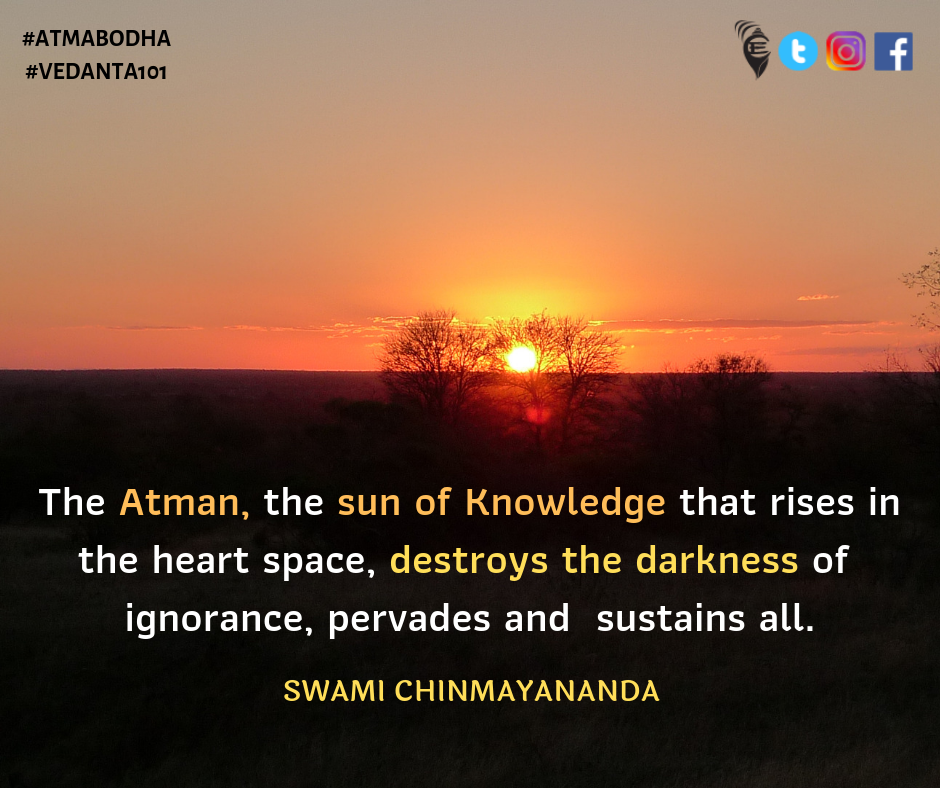The Concept of God in Hinduism : 5. Swami Krishnananda

======================================================================= ====================================================================== 24/11/2019. POST-5. ====================================================================== All the Vaishnava saints worship Him as either Rama or Krishna, Narayana or Vishnu. The Saiva saints worship Him as Paramasiva. The Saktas worship Him as Adi-sakti. The philosopher-saints worship Him as Brahman, the Absolute, as Isvara, Hiranyagarbha, and Virat or the Cosmic Being. The Virat-Saivas worship God as Siva, especially manifest as the Linga(symbolised in the rounded sacred stone which they wear round their necks). The symbol of Vishnu is the Saligrama, the symbol of Siva is the Linga, and the symbol of Devi is the Yantra(sometimes, a Mantra). According to the Nyaya and Vaiseshika schools, God is the instrumental cause of creation, like a potter fashioning a pot of clay, but not the material cause of creation. The Samkhy...









